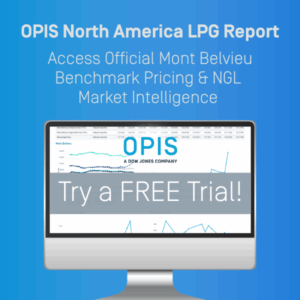Enterprise Reveals Potential Easing of Curbs on Ethane Exports to China
This article originally appeared in the OPIS LPG News Alert for clients. Explore the OPIS North America LPG Report for trusted benchmark pricing and daily market intelligence. Start your free 5-day trial here.
New York-listed midstream major Enterprise Products Partners disclosed late Wednesday that Washington would allow it to load ethane cargoes destined for China at its Houston Ship Channel docks. But Enterprise or its cargo counterparties will not be able to discharge these shipments in China “without further authorization.”
Despite the ambiguity, the Gulf Coast ethane price has rallied on hopes that a policy logjam that has severely curtailed U.S. ethane exports for more than a month might be on its way to a resolution.
The new U.S. guidelines were outlined in a letter the Department of Commerce sent Enterprise on Wednesday, which the firm included in a Form 8-K filing with the Securities and Exchange Commission.
“This letter authorizes Enterprise Products to load vessels with ethane, transport, and anchor in foreign ports, even if Enterprise Products intends to complete an export, reexport, or transfer (in-country) by delivering or off-loading such ethane to a party located in China, or that is a Chinese ‘military end user,’ wherever located,” the document states.
“However, Enterprise Products may not complete such export, reexport, or transfer (in-country) to a party that is located in China, or that is a Chinese ‘military end user,’ wherever located, without further authorization from the Bureau of Industry and Security. Activities that require further BIS authorization include, but are not limited to, off-loading ethane at a port in
China and delivering ethane to an intermediate consignee, ultimate consignee, or end user in China.”
A Reuters report earlier Wednesday said New York-listed Energy Transfer received a similar letter. Enterprise and Energy Transfer did not respond to OPIS emails seeking comment.
Ethane exports to China have completely dried up since BIS in May began requiring licenses for these shipments. Enterprise has previously revealed it applied for licenses on three cargoes but failed to secure them.
Citing an unnamed person familiar with the matter, Reuters said the penalty for unloading ethane without permission in China “could be up to twice the value of the ethane.”
The BIS licensing requirement appeared to originate from Washington’s frustration at China’s reluctance to speed up exports of rare earth minerals, which the U.S. does not produce. China, on the other hand, has no other supplier of ethane, which makes this commodity a logical candidate for a counter-move.
But BIS has indicated its licensing regime stems from concerns that China could use ethane for “military” purposes.
A trade accord reached between U.S. and Chinese negotiators in London on June 10 reportedly included Beijing’s willingness to release rare earths for six months. The U.S. was to offer concessions that included a loosening of the ethane curbs. Wednesday’s letter to Enterprise appeared to fall short of a full restoration of the status quo.
Nonetheless, it could enable China-bound ethane loadings at Gulf Coast ports to resume, and reduce the traffic jam of idle very large ethane carriers that began forming since the BIS regime was introduced. The voyage time from the Gulf Coast to China via the Panama Canal is 30-35 days. This, in theory, would enable Enterprise and Energy Transfer to start sending out loaded VLECs steering towards China on the assumption that discharge authorizations would come through during their voyages.
One such voyage could already be in progress. Publicly seen tracking data on the VesselFinder site showed Seri Erlang, a VLEC operated by Satellite Petrochemical, crossed the Panama Canal Wednesday, which suggests China as the likely destination.
Seri Erlang loaded at Energy Transfer’s ethane docks in Nederland, Texas, 100 miles east of Houston, around June 18, signaling “for orders” as its destination. In shipping parlance, “for orders” indicates the cargo owner has not yet instructed the captain where to take the ship.
Seri Erlang’s publicly seen tracking information remained spotty and the “for orders” signal was still in place Thursday morning, which could be in keeping with uncertainty over the BIS authorization. But passage through the Canal appeared to rule out a diversion to India.
STL Qianjiang, another Satellite VLEC, loaded at Nederland in late May and spent a week in Port Arthur anchorage before diverting to Dahej, India, where Reliance Industries has petrochemical operations. Another originally China-bound VLEC, Gas Changjiang, left with an ethane cargo from Enterprise’s Morgan’s Point docks on the Houston Ship Channel around the same time and appears to have also diverted to India.
As OPIS previously reported, these two cargo swaps were the first of this nature.
Ethane’s only use is as feedstock to produce ethylene, a plastics industry building block. The U.S. is the world’s only exporter of substance. Energy Transfer and Enterprise send out the waterborne volumes. There are three ethane-capable waterfronts at present — Morgan’s Point, Nederland and Energy Transfer’s Delaware River terminal in Marcus Hook, Pa. A new Enterprise dock in Beaumont, Texas, adjacent to Nederland, is blueprinted to come online later in 2025.
China has invested billions of dollars in ethane-specific steam crackers that are predicated on the availability of cheap and plentiful U.S. supplies. Satellite Petrochemical and SP Chemical are the two primary Chinese ethane importers at present. A slate of new Chinese importers is in place to absorb Enterprise’s imminent Beaumont expansion.
Satellite brings ethane to its operations in Lianyungang on China’s east coast, and SP Chemical feeds its Taixing plant on the Yangtze River. Satellite operates 12 VLECs, nearly half the current world fleet, on milk runs from Nederland to Lianyungang. SP Chemical mainly uses VLECs operated by British chemical major INEOS.
China currently takes in nearly half of U.S. ethane exports of some 500,000 b/d. India takes in some 15%, and European countries as a group take in approximately 20%. VLECs are too large to dock at European ethane berths, which means these ships can serve only China and India.
Citing a report from Argus Media, the Energy Information Administration on June 18 stated that Chinese crackers that could switch to naphtha or liquefied petroleum gas, such as Taixing, have done so. Those that can only run on ethane, such as the Satellite operation, “have already shut down.” This has theoretically reduced Satellite’s ethane demand to zero.
America’s other problem is that no other importing nation has the cracking capacity to absorb displaced Chinese volumes.
Collectively, these factors have sent the niche VLEC shipping sector into utter disarray. Satellite appears the worst hit, as was seen from the plight of its VLECs over the past three weeks.
VesselFinder data show Satellite VLECs Seri Emei and Seri Emory appeared to dawdle or stopped outright on the high seas while on their ballast voyages back to Nederland, as if wondering what to do.
But things appeared to start moving after the Commerce letter on Wednesday. Seri Emperor, another stranded Satellite VLEC, was seen to dock at Nederland, presumably to start loading an ethane cargo.
The consummation of this ship’s presumed Chinese voyage remains unclear pending clarity on BIS’ latest stance. But the spot market appeared Wednesday to take a cautiously optimistic view. The export-benchmark price of ethane traded out of Enterprise’s Mont Belvieu caverns in Texas rose by nearly 10% to 22.25cts/gal.
But the ethane price has traded within a tight 22-25cts/gal band since the beginning of 2025, before dipping to 20-22cts/gal last week. By this measure, ethane traders could still be sitting on the fence while the export drama reaches its climax.
–Reporting by Rajesh Joshi, rjoshi@opisnet.com; Editing by Michael Kelly, mkelly@opisnet.com
© 2025 Oil Price Information Service, LLC. All rights reserved.
 This article originally appeared in the OPIS LPG News Alert for clients. Explore the OPIS North America LPG Report – delivering vital pricing benchmarks and NGL market intelligence
This article originally appeared in the OPIS LPG News Alert for clients. Explore the OPIS North America LPG Report – delivering vital pricing benchmarks and NGL market intelligence
Try the OPIS North America LPG Report free for 5 days to explore our market intelligence.
From the vital Mont Belvieu, Texas cargo hub to the Conway, Kansas market and beyond, you’ll have access to comprehensive spot pricing, news and analysis for NGL markets across North America.
As the official spot benchmark, almost every gallon of propane, butane, ethane and natural gasoline in the U.S. market is tied to OPIS pricing. OPIS covers U.S. natural gas liquids spot markets on a full-day basis, canvassing an unparalleled source pool to provide pricing you can trust.
